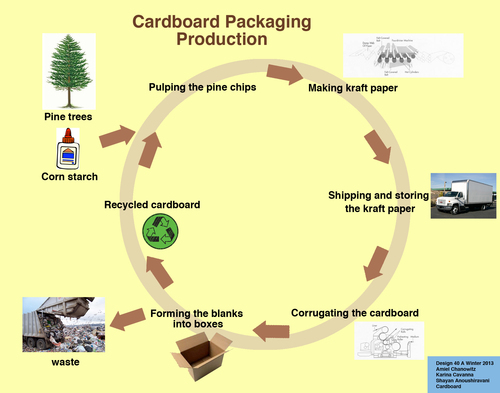Table of Contents
The recycling process of printing (printed paper/cardboard)
Every year almost 400 million metric tons of paper and cardboard are produced, and most of the paper is recycled for the manufacturing of another paper for the reuse. Most of the papers are in the printed form, so the recycling procedure of such papers and cardboard is quite different.
We are here with the recycling procedure of printed papers that will help you to get an idea about the entire recycling process of printed items
No matter you recycle your own printed paper or any paper that belongs to any higher industrial use, the step of its recycling is almost the same. Some steps may vary depending upon the thickness of the material as if it is lightweight paper it requires fewer steps as compared to printed cardboard boxes.
Collection of the material – The first step
The initial step of the recycling is that the recycling merchants collect all types of printed papers and cardboards from the bins, streets, and homes and get them together in the large recycling box.
Sorting and transportation
The second step is to sort the type of papers and cardboards differently. There are different grades of paper, and all are separated according to their grades. The sorting process is necessary because a paper with similar qualities have similar amount of fiber and pulp, and they can be recycled together. After that the paper is weighed and measured, and a recycling contractor is hired who starts the real recycling procedure. ‘
Shredding and pulping
After arranging, the paper is then destroyed to separate the material into little bits. After the material is finely crushed, a lot of water is included alongside different synthetic compounds, for example, hydrogen peroxide, sodium hydroxide, and sodium silicate to separate and separate the strands of the paper.
The resultant slurry arrangement, known as mash, has a cereal consistency and is the crude material used to make paper. This procedure of changing the recuperated paper materials to mash is known as pulping. After this, the pulp is moved on to towards several screens and centrifuge where the paperclips, staples or any other large accessories over the recovered paper are detached.
De-inking
The nest step for the recirculation of the printed paper and cardboard is moving it forward toward de-inking. For this step, the pulp formed is moved into a flotation tank that has some chemicals and bubbles that help to remove any printed inks or dyes. This step increases the whiteness of the paper pulp. To increase the whiteness of the pulp, the recycling contractor may add hydrogen peroxide that is known for providing extra whiteness to the product. During this process, the pulp is constantly bleached until it is ready for the final step. The pulp here turns into 995 of water and 1% of fiber and then headed towards paper or cardboard manufacturing machine.
Drying process This is the last step where the pulp of water and fiber is heated at high temperature and rolled over special machines until it takes the shape of long paper sheets.

